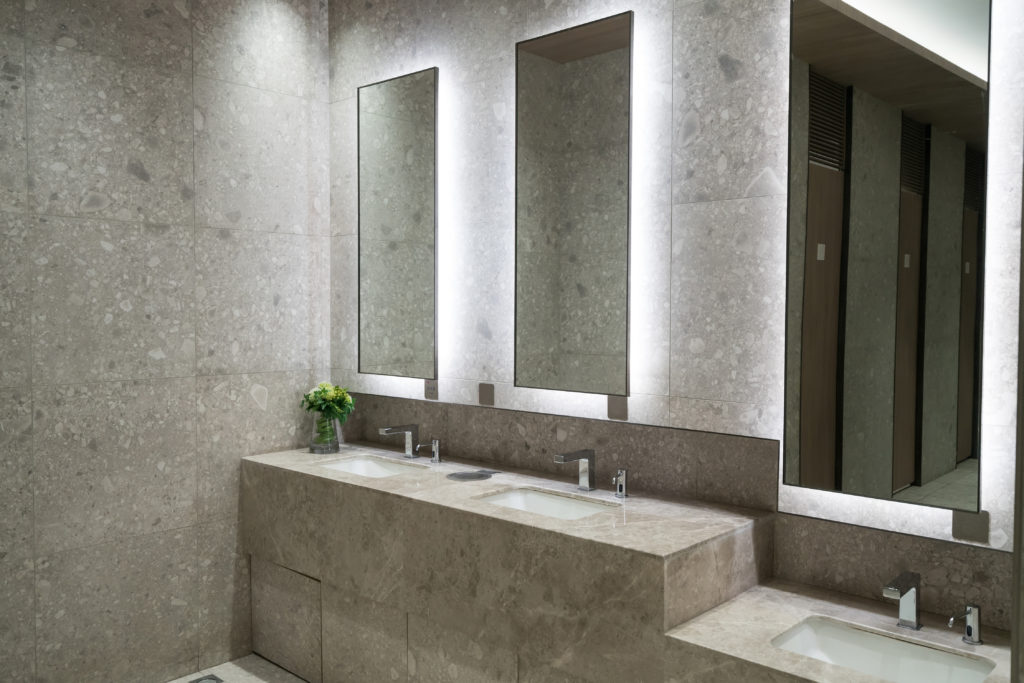
Tiling Tips

Selecting tiles for your home requires some homework, so be sure to consider the colour, size and texture you prefer before rushing out and purchasing tiles for your home.
In a poorly lit and small room rather choose larger, natural colour tiles, to give the feeling of spaciousness.
Wall tiles are usually 3mm and floor tiles are 6mm thick. Floor tiles can be used on a wall, but wall tiles can’t be used on the floor.
When tiling both the walls and floors in a room, first tile the floor and then the walls, this will hide any damages that may occur while tiling the wall.
When buying tiles, it is a good idea to buy a few extra, this will prove to be beneficial if you need to replace those that are damaged or if you need to do plumbing in the future, and your particular tile is no longer available.
To avoid slight shade differences between boxes, shuffle and mix the tiles together before starting to tile.
The physical finishes of some tiles is directional and if this is not immediately obvious, check to see if there is a laying direction arrow on the underside.
 Work out the area that needs to be tiled and how many tiles you would need. Remember to add 10-20 percent to accommodate for breakages and off-cuts. Determine your budget and factor in the hiring of a tiling contractor. If you’re DIY savvy and would prefer to lay the tiles yourself, check that you have the correct tiling tools and don’t forget the tiling grouts and adhesives. If you have selected terracotta, slate or any other rock tile, they will need to be appropriately treated in order to protect and preserve the tile.
Work out the area that needs to be tiled and how many tiles you would need. Remember to add 10-20 percent to accommodate for breakages and off-cuts. Determine your budget and factor in the hiring of a tiling contractor. If you’re DIY savvy and would prefer to lay the tiles yourself, check that you have the correct tiling tools and don’t forget the tiling grouts and adhesives. If you have selected terracotta, slate or any other rock tile, they will need to be appropriately treated in order to protect and preserve the tile.
The most effective way to seal a bathroom is to tile it from top to bottom. Here the tiler plays an integral role, as well as a quality tile and tile grout. On the floor of your bathroom a non-slip stone or terracotta tile is good. Wider grouting can improve grip, as can a mosaic finish.


